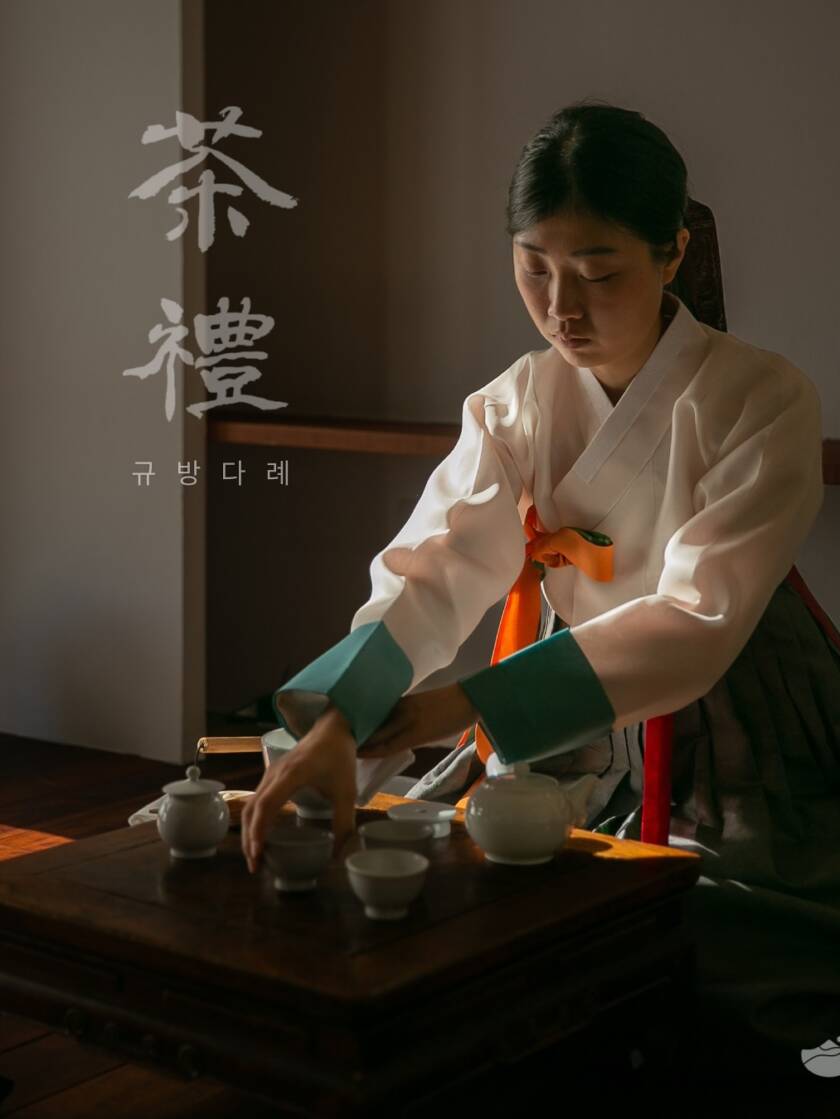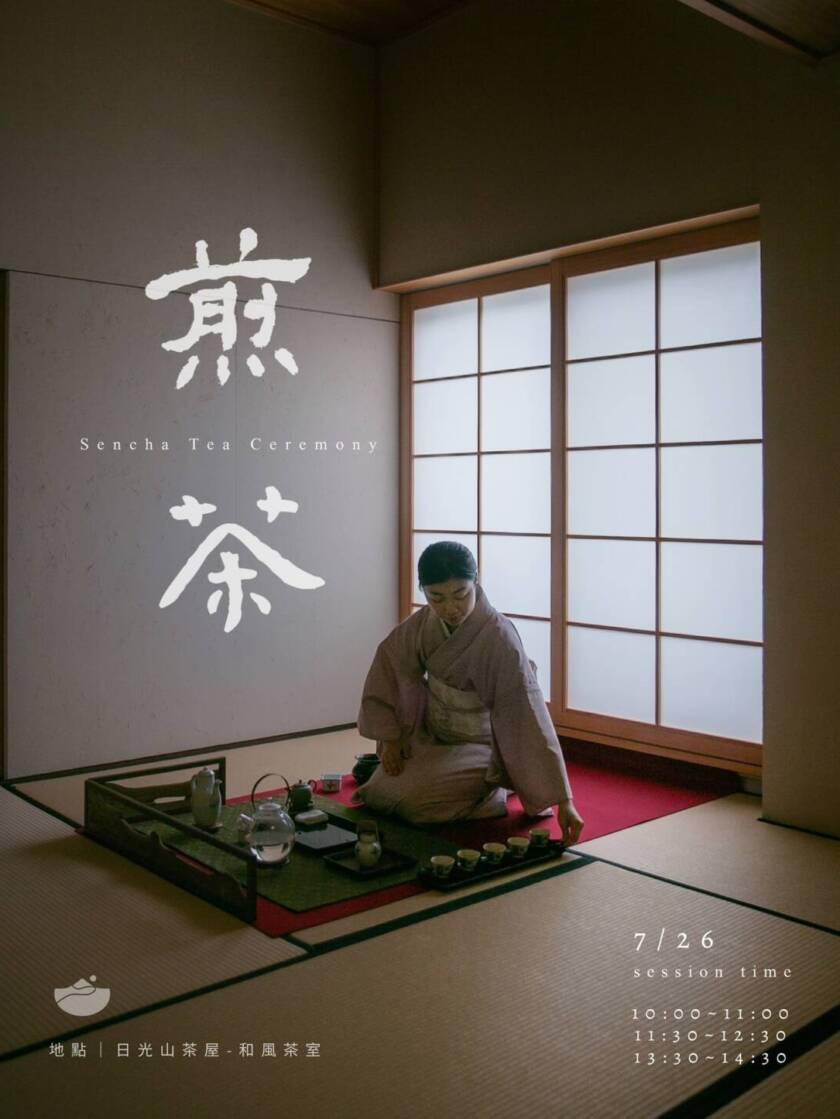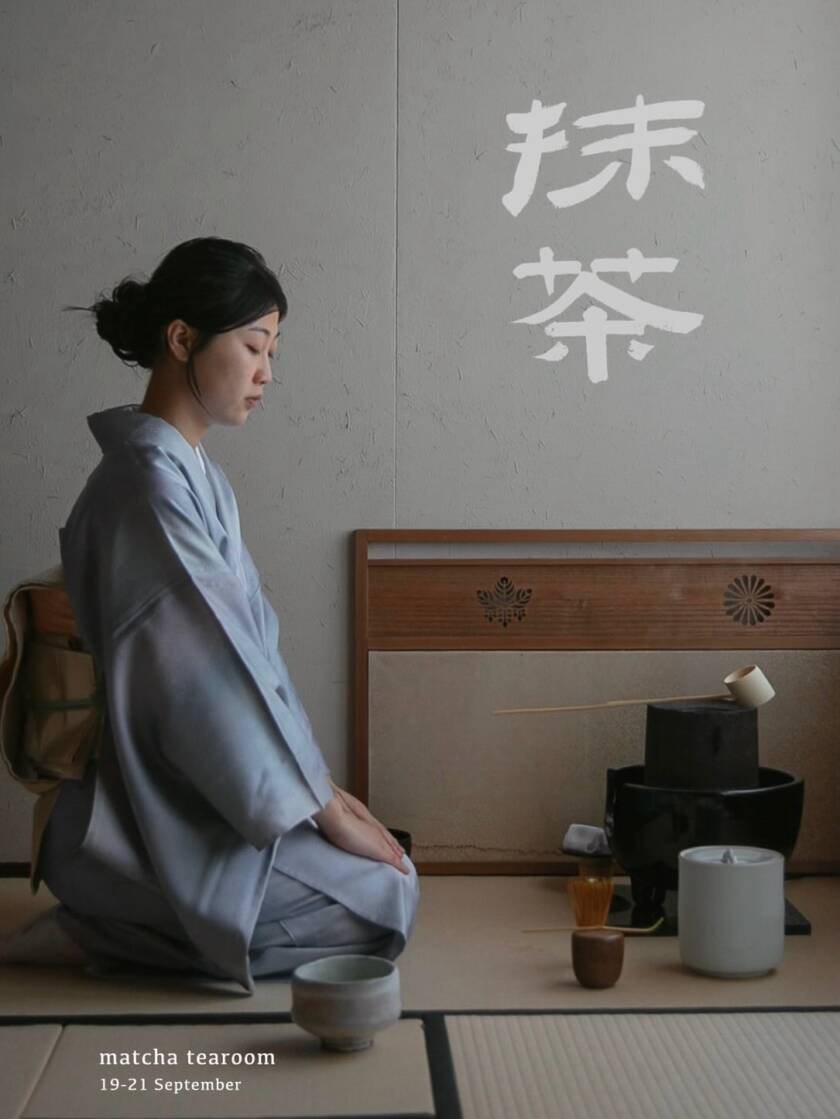The Origin of Nikko Hill - A journey that began between a mountain and a pandemic.
In early 2020, just as the world was slowing down due to the pandemic, I found myself asking: What does an ideal life truly looks like?
The first image that came to mind was a mountain. In nature, I have always found a sense of calm. I returned to my childhood hometown in Sanxing, a rural village in northeastern Taiwan, and began clearing an abandoned family farm that had been left untouched for years. Overgrown with weeds, the old paths were hard to find. I remembered how the land once flourished with farming, and how it later faded as the community aged and younger generations left. That nameless hill, filled with memories, became my starting point.
Tea was always part of my upbringing not as a profession, but as something shared with guests. My father’s passion for pu-erh led him to the ancient forests of Yunnan, where he discovered the uniqueness of wild-grown tea trees. In 2010, he founded a pu-erh tea brand, and in 2015, I joined my parents on a sourcing trip to Yunnan.
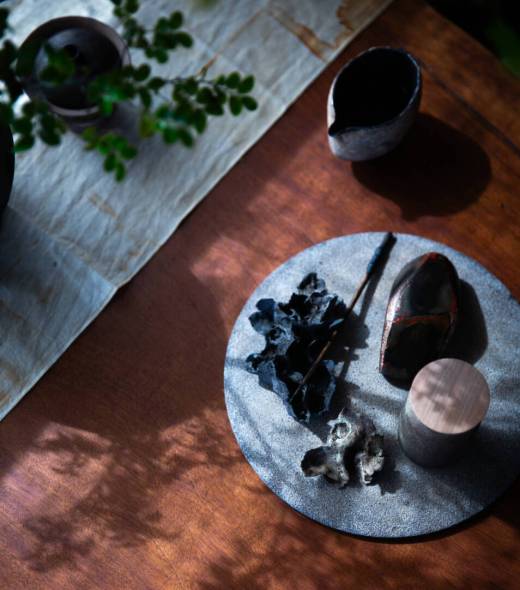
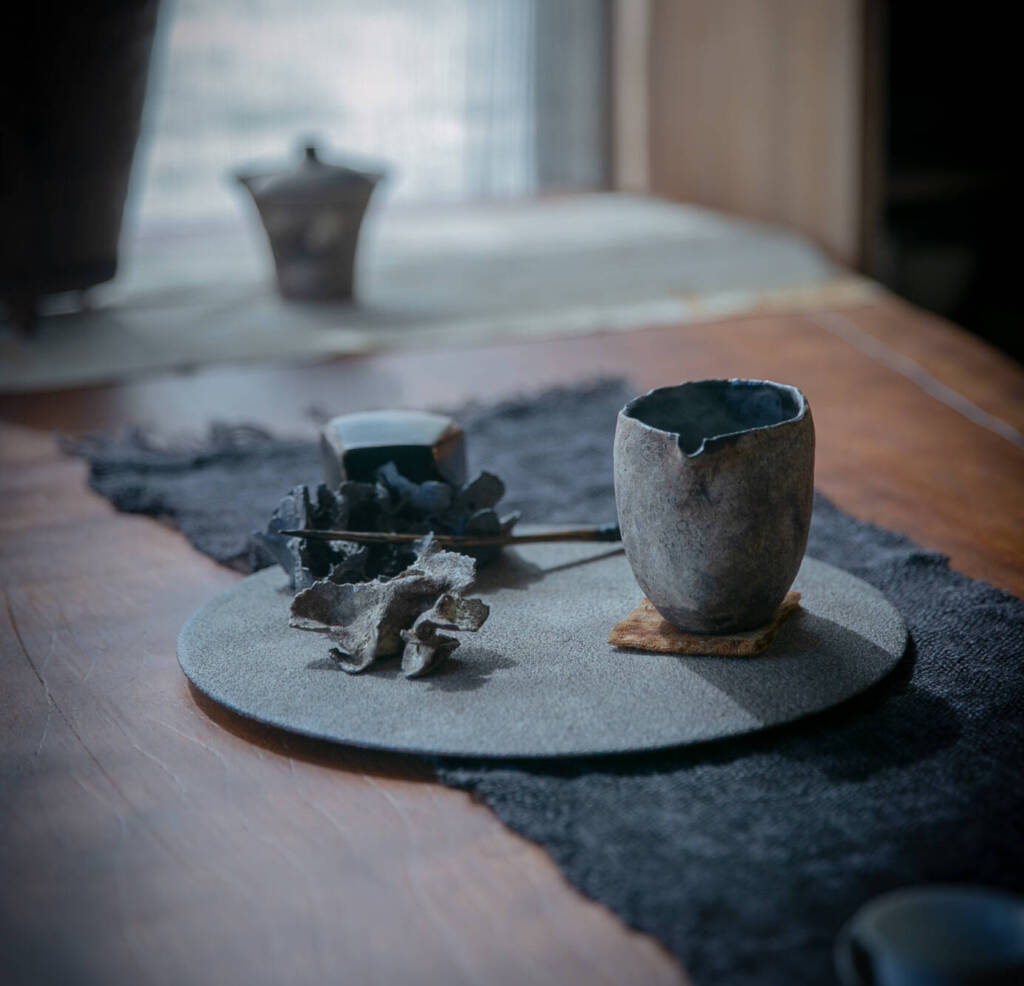
With a background in fine arts, what captivated me wasn’t just the tea trees, but the people and textures of the land the wooden homes, the pigs running down dirt paths, the deep lines on elders’ faces, the barefoot children playing, the voices of the Hani people, and their water festivals. I sensed that these simple, timeless lives were quietly vanishing.
My tea journey began with pu-erh. People often ask me why I don’t focus on Taiwanese oolongs, and the answer may just be fate. But in essence, pu-erh made from seed-grown, tall arbor trees is fundamentally different in flavor, and in craft.
Over time, I became increasingly uncomfortable with conventional farming with its pesticides, fertilizers, and overemphasis on yield and fragrance. I was heartened to see Taiwanese tea evolving in recent years, and I wanted to contribute something as well.





